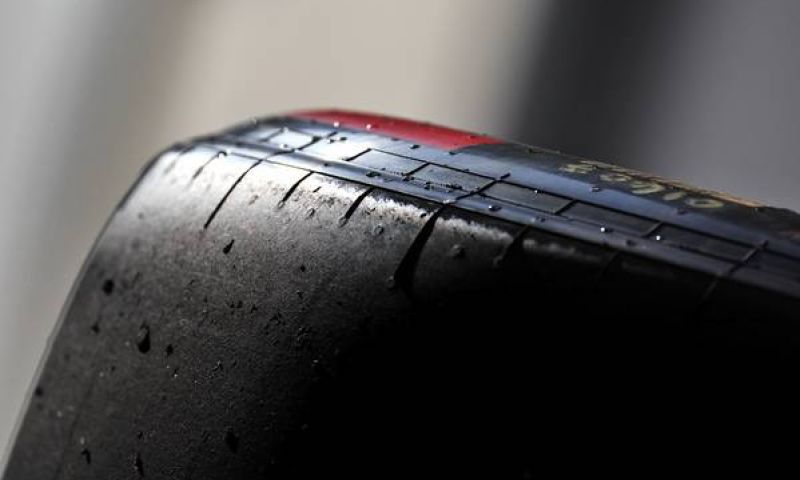F1 News

This is the time difference between Pirelli tyres in Spain
The Circuit de Barcelona-Catalunya can be very tough on F1 cars' tyres. Pirelli has therefore brought the new C1 tyre to the Spanish Grand Prix for the first time this weekend. Pirelli has also indicated that teams must increase tyre pressure by one point.
Higher tyre pressure for Barcelona
Keeping tyre wear under control is a big challenge for this weekend's race in Spain, and drivers who can achieve this well will have a huge advantage. Max Verstappen can handle his tyres perfectly, and on top of that, the RB19 is the strongest car on the grid and the softest for the rubber. For Ferrari, it will be an extra tough job. The 2023 car eats rubber.
Because the characteristics of the Spanish circuit demand a lot from the Pirelli tyres, the Italian manufacturer has indicated that for the Spanish GP, the tyre pressure must be compulsorily increased from 23.0 psi to 24.0 psi. This means less grip, as the surface that makes contact with the asphalt is reduced, and less heat in the tyre. Wear will therefore be less, but so will the grip.
Difference between hard Pirelli tyres
Pirelli has also calculated the expected difference in time between the different tyres after Friday's free practice sessions. The three tyres that are with us to Barcelona are the C1, the C2 and the C3. The C1 is a new tyre introduced this year to have an intermediate step between the tyres that are now the C0 and C2. So the Spanish GP is driven with very hard tyres and with higher tyre pressure.
The red tyre (C3) is the fastest, while the yellow tyre (C2) is estimated to be 1.1 seconds slower per lap. The hardest and slowest white tyre (C1) is 1.6 seconds slower per lap.
What are the estimated gaps between compounds at the #SpanishGP?
— Pirelli Motorsport (@pirellisport) June 3, 2023
Our engineers have combed through the data #Fit4F1 #F1 pic.twitter.com/bJJ2MeYKVi